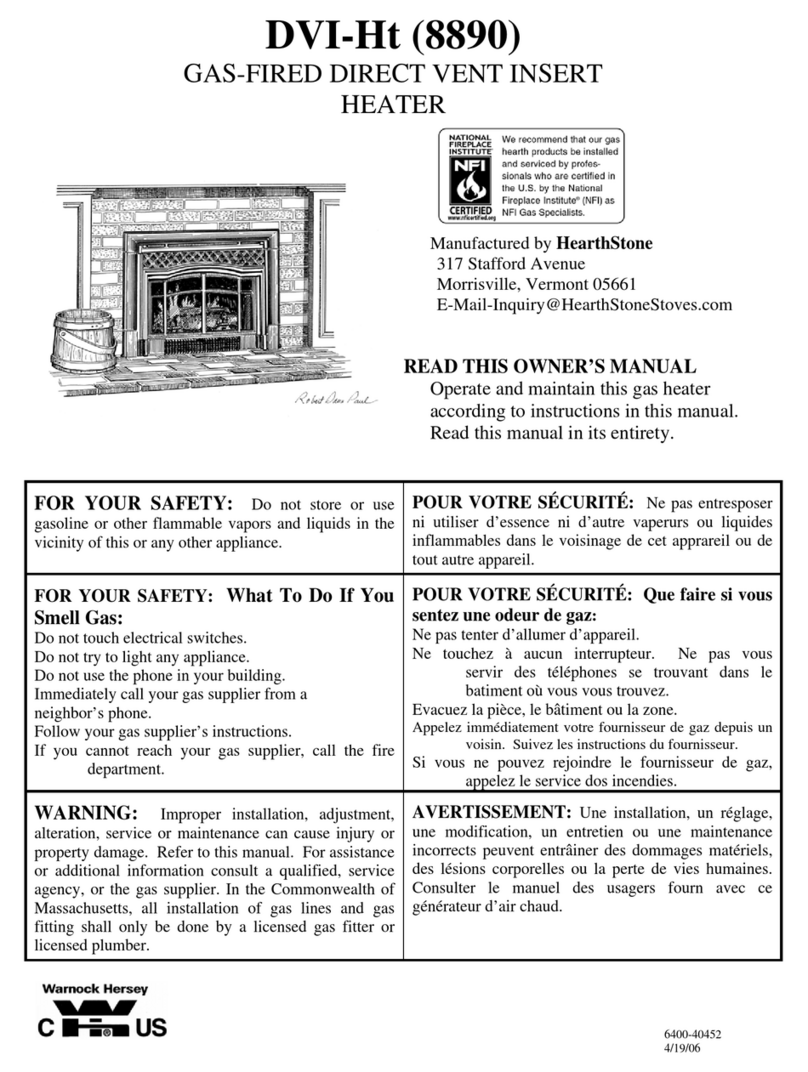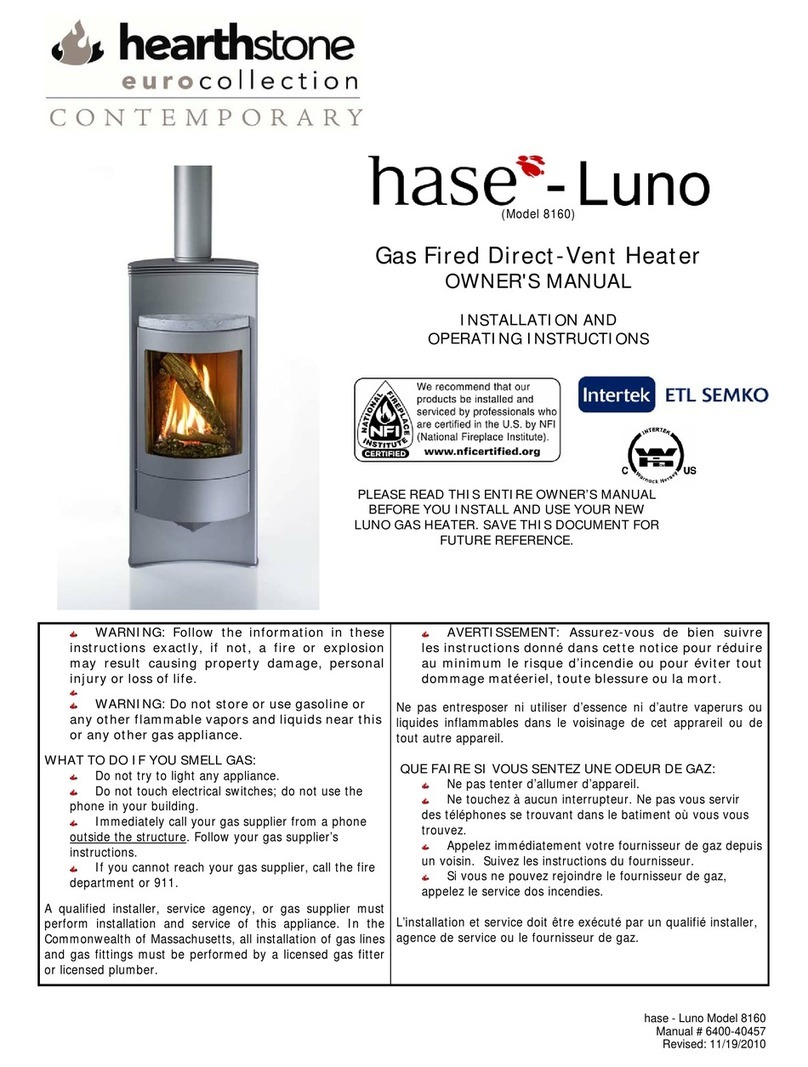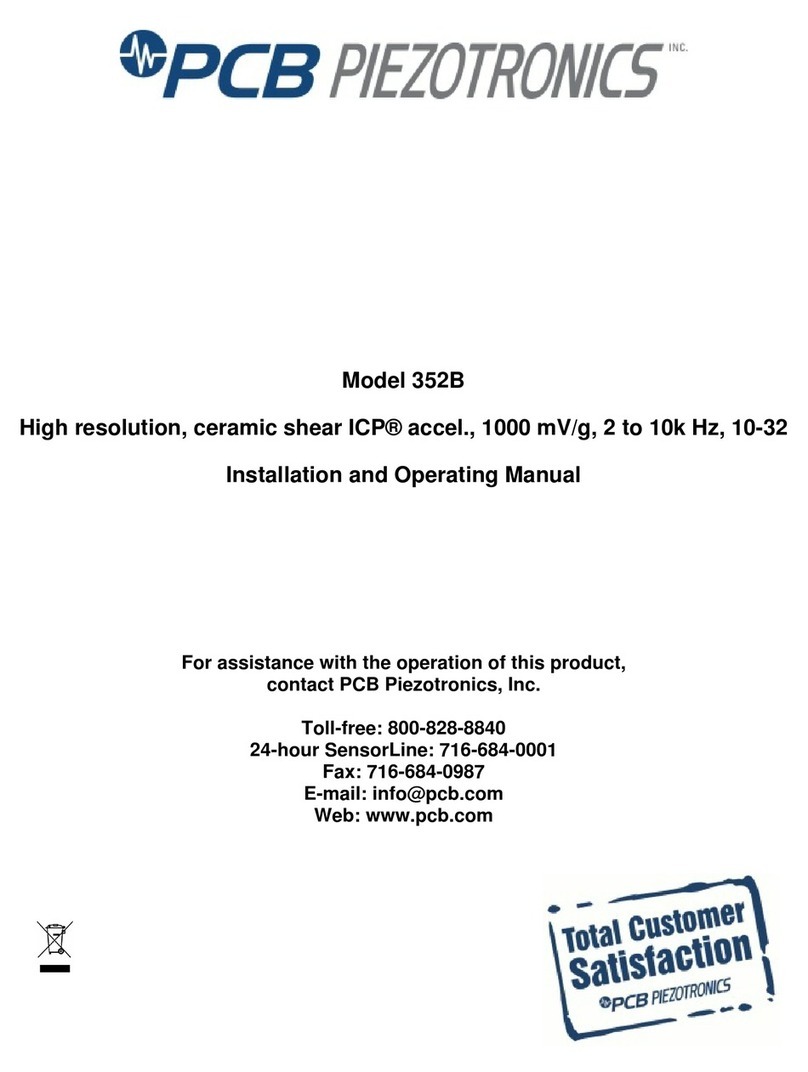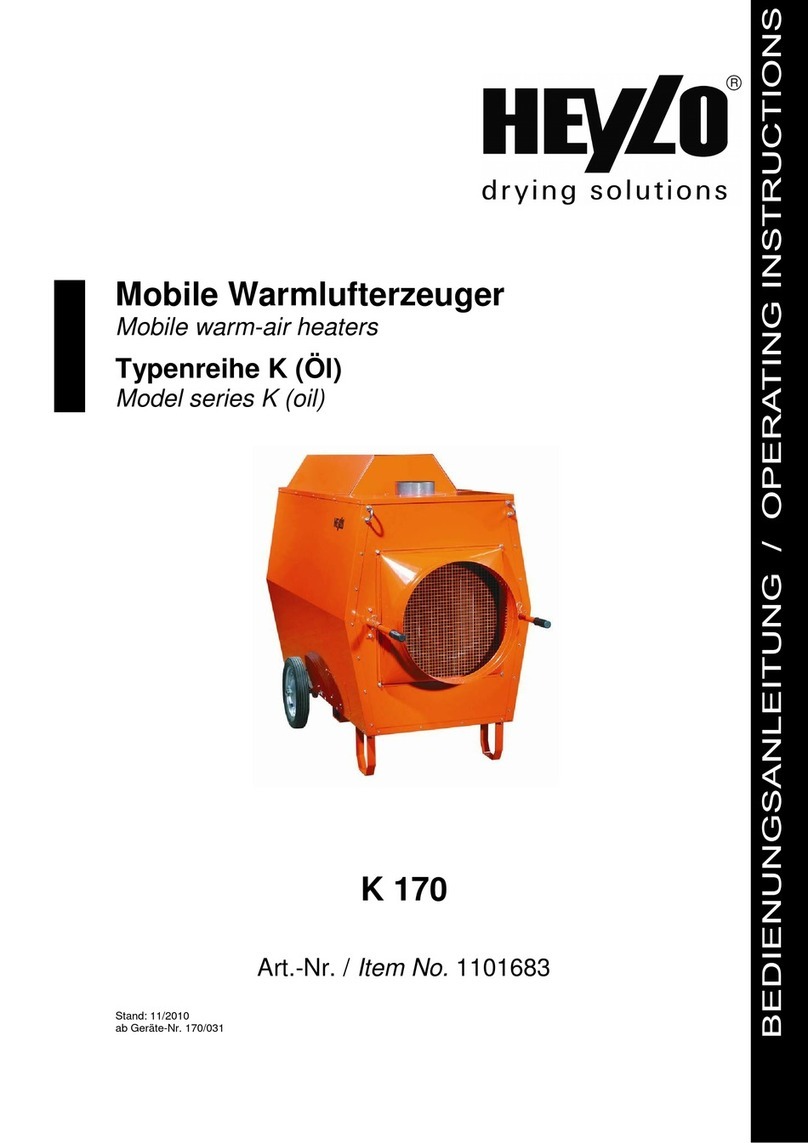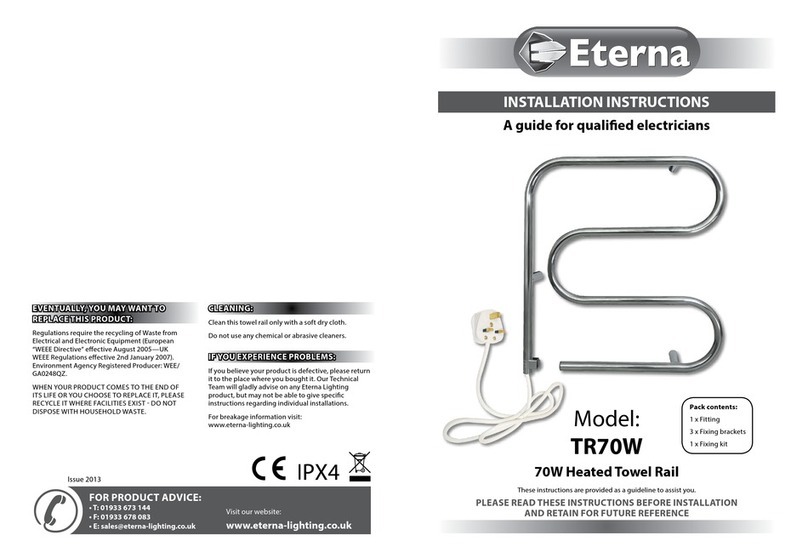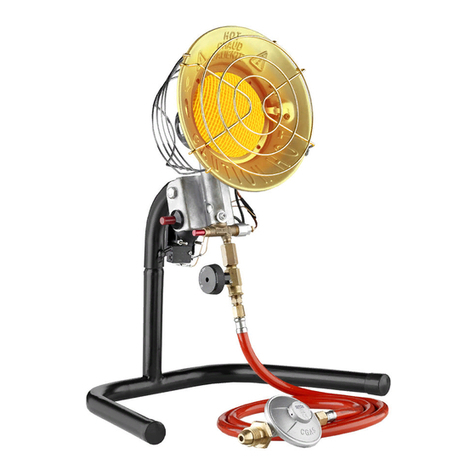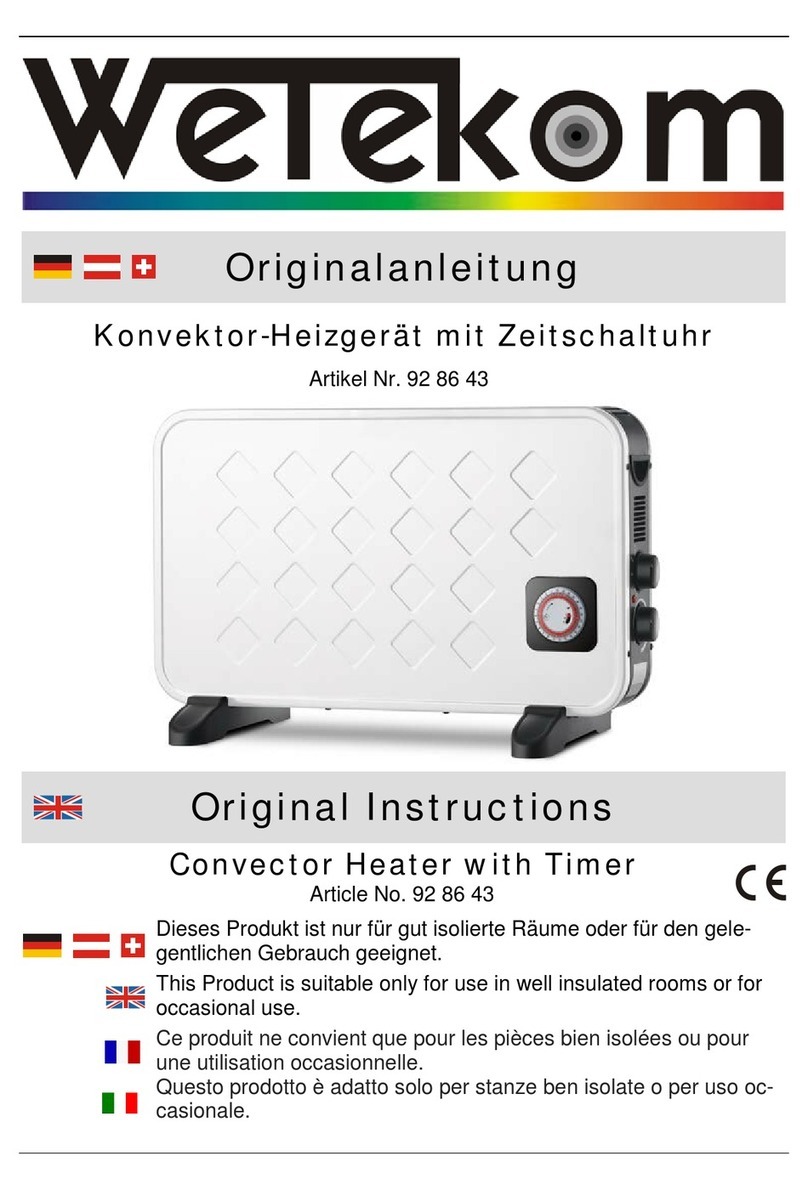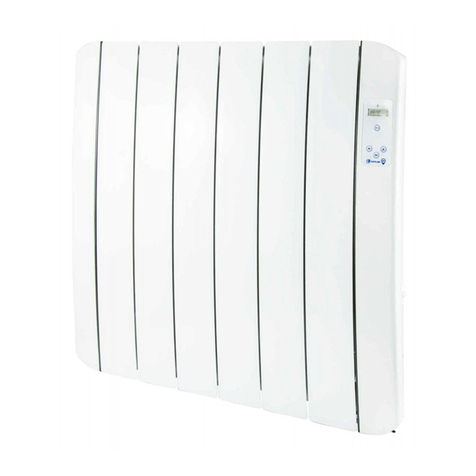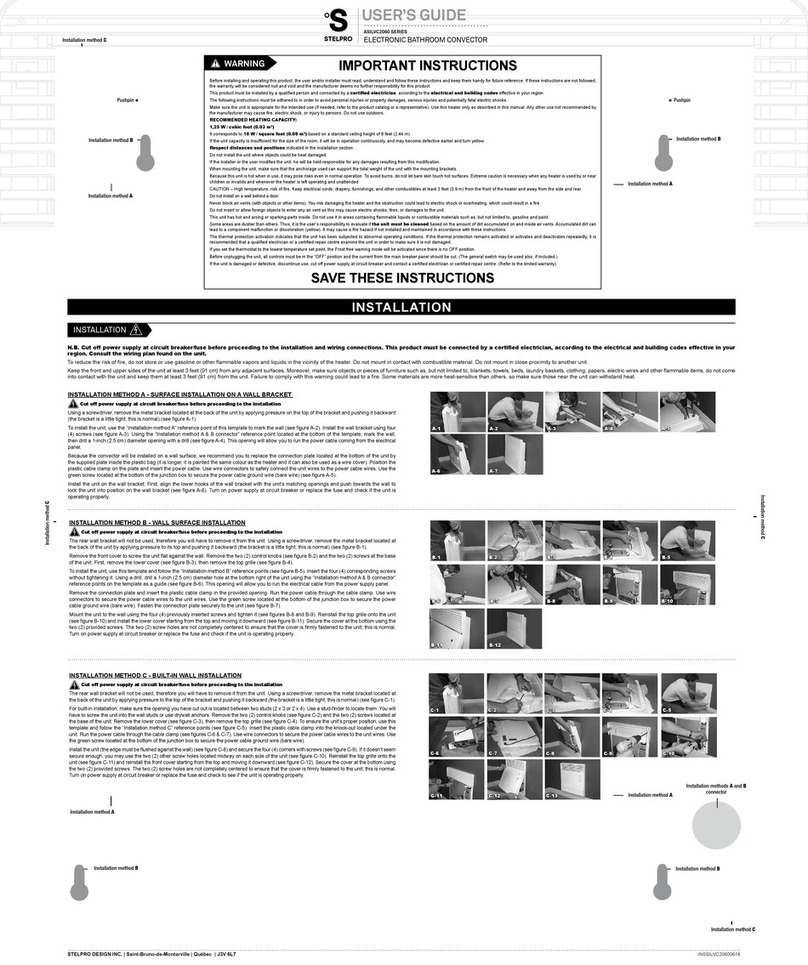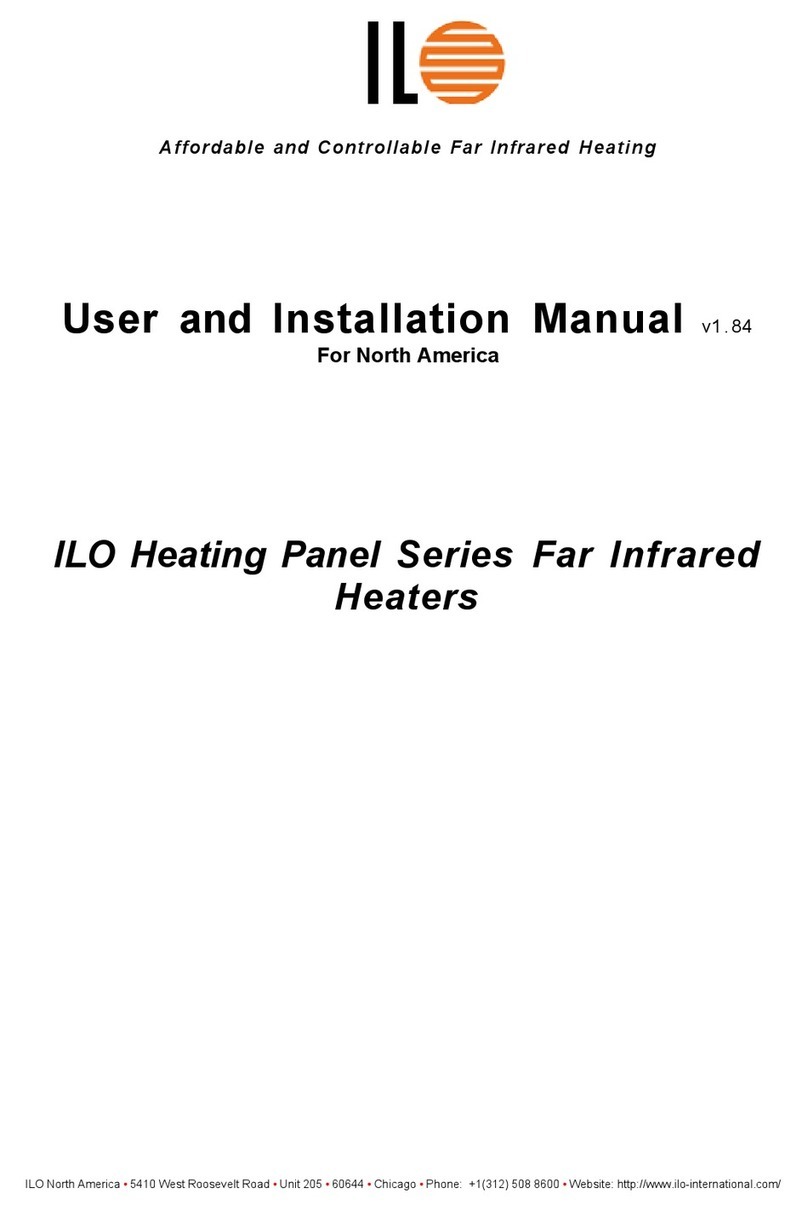
HearthStone Quality Home Heating Products MODEL Sterling “G” B-Vent
Warnings -Cautions -Safety Information
NOTE
This gas appliance must be installed and
maintained by qualified service personnel. Failure
to properly install, adjust and maintain this gas
appliance may result in an unsafe or hazardous
condition which may lead to carbon monoxide
poisoning, fire, explosion, personal injury and loss of
life.
CAUTION
This gas appliance must be operated and maintained
according to the instructions contained in this owner's
manual. The unit must be inspected before use and at
least annually by qualified service personnel. More
frequent cleaning may be required due to excessive
lint from carpeting, bedding material, etc. It is
imperative that control compartments, burners, and
circulating air passageways of the appliance be kept
clean.
WARNING
Do not use this appliance if any part has been under
water. Immediately call qualified service personnel to
inspect the appliance and to replace any part of the
control system and any gas control which has been
under water.
HAZARD
This gas appliance must be connected to a properly
installed and maintained venting system (chimney).
This appliance is equipped with a down draft sensor
switch (vent spill switch). Tampering, modifying,
disconnecting or overriding the vent safety shutoff
system may result in an unsafe or hazardous condition
which may lead to carbon monoxide poisoning and
loss of life.
HOT SURFACES
Certain exposed surfaces of the Sterling will reach
high temperatures during normal operation. Clothing
or other flammable material should not be placed on or
near the appliance. Do not place objects that may
obstruct air circulation on, under or near this heater.
Clearances to combustibles must be maintained as
specified elsewhere in this manual. The Sterling
should be located out of traffic and away from
furniture, draperies, clothing and flammable material.
Children and adults who are unfamiliar with heaters of
this type should be alerted to the hazards of high
surface temperatures and warned that they should stay
away to avoid burns to skin or clothing ignition.
Children should be carefully supervised when in the
same area as the Sterling heater. Do not leave children
unattended in the vicinity of this unit.
FIRE HAZARD
Do not store or use gasoline or other flammable
vapors and liquids in the vicinity of this appliance.
Clean the area around, under and behind the unit on
a regular basis to prevent the accumulation of dust
and lint.
ELECTRICAL HAZARD
This appliance is equipped with a three-prong
grounded plug if equipped with an optional blower fan.
The three-prong grounded plug must be plugged
directly into a properly grounded three-prong
receptacle. Do not cut or remove the grounding prong
from the plug or otherwise attempt to circumvent the
grounding protection provided with the unit. The
appliance must be electrically connected and grounded
in accordance with local codes or, in the absence of
local codes, with the current NFPA 70-National
Electric Code or CSA C22.1-Canadian Electrical Code.
CAUTION
This unit has a standing pilot light which is lit using
a piezoelectric spark generator as described elsewhere
in this manual. Never attempt to light the pilot light or
main burners by hand with a match or lighter. If, after
repeated attempts, the pilot light fails to light,
discontinue operation, turn off the gas at the Sterling
gas control valve and immediately contact qualified
service personnel for assistance.
FUEL WARNING
This unit is designed to burn either natural gas or
liquid propane as specified. Do not place candles on
top or above the stove. Never burn paper, wood or any
other materials in this unit, failure to comply may
result in property damage or personal injury.
SAFETY INFORMATION
This unit is supplied with decorative ceramic fiber
logs. If the decorative ceramic fiber become damaged
or broken they must be replaced with similar, approved
decorative ceramic fiber logs supplied by the
manufacturer. Do not replace the manufacturer-
